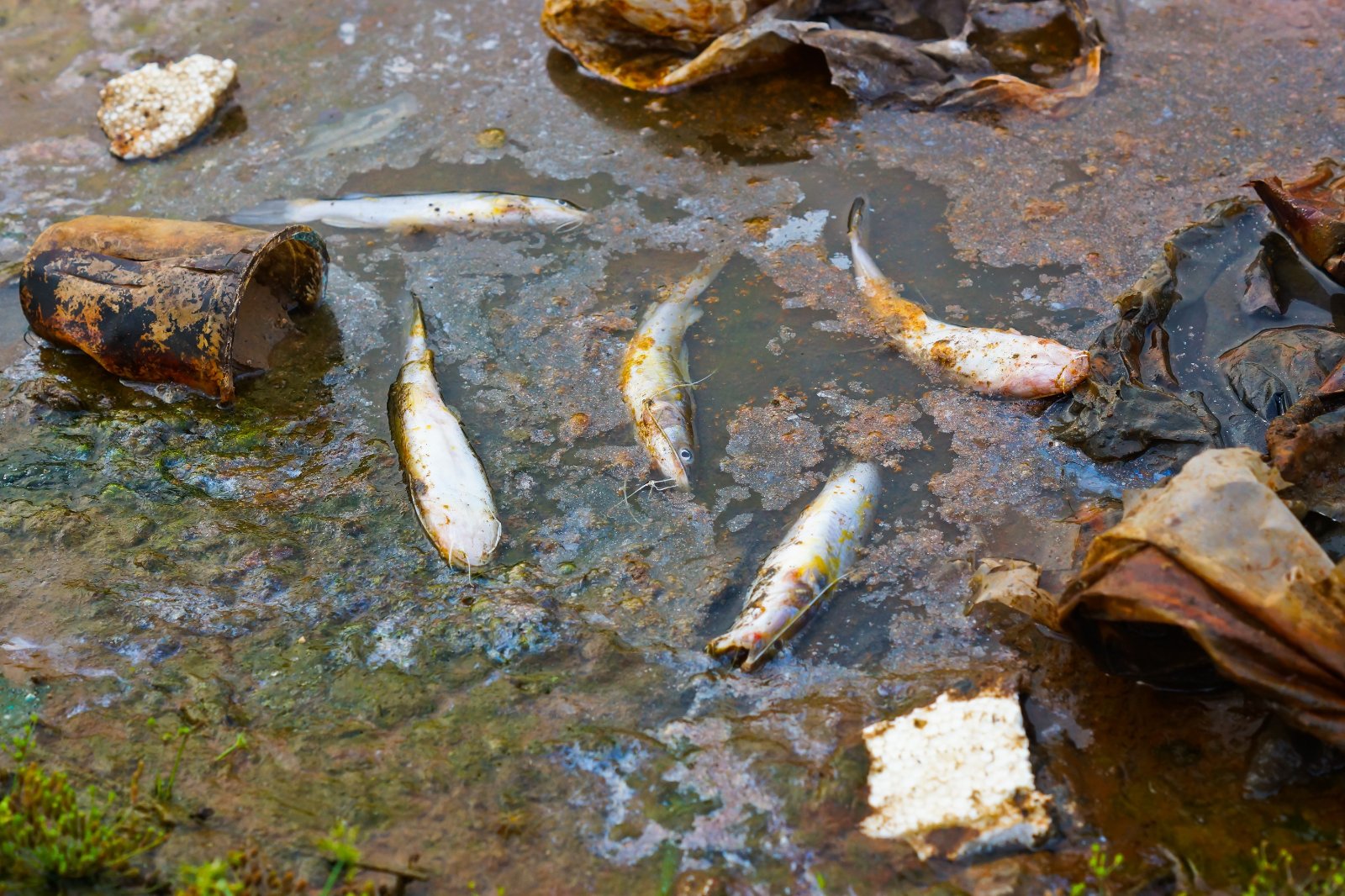Pollution Impact Gallery
Visual evidence of industrial pollution's devastating effects on ecosystems worldwide.
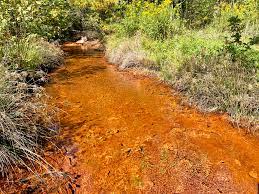
Acid Mine Drainage
Orange-colored water from iron oxide contamination
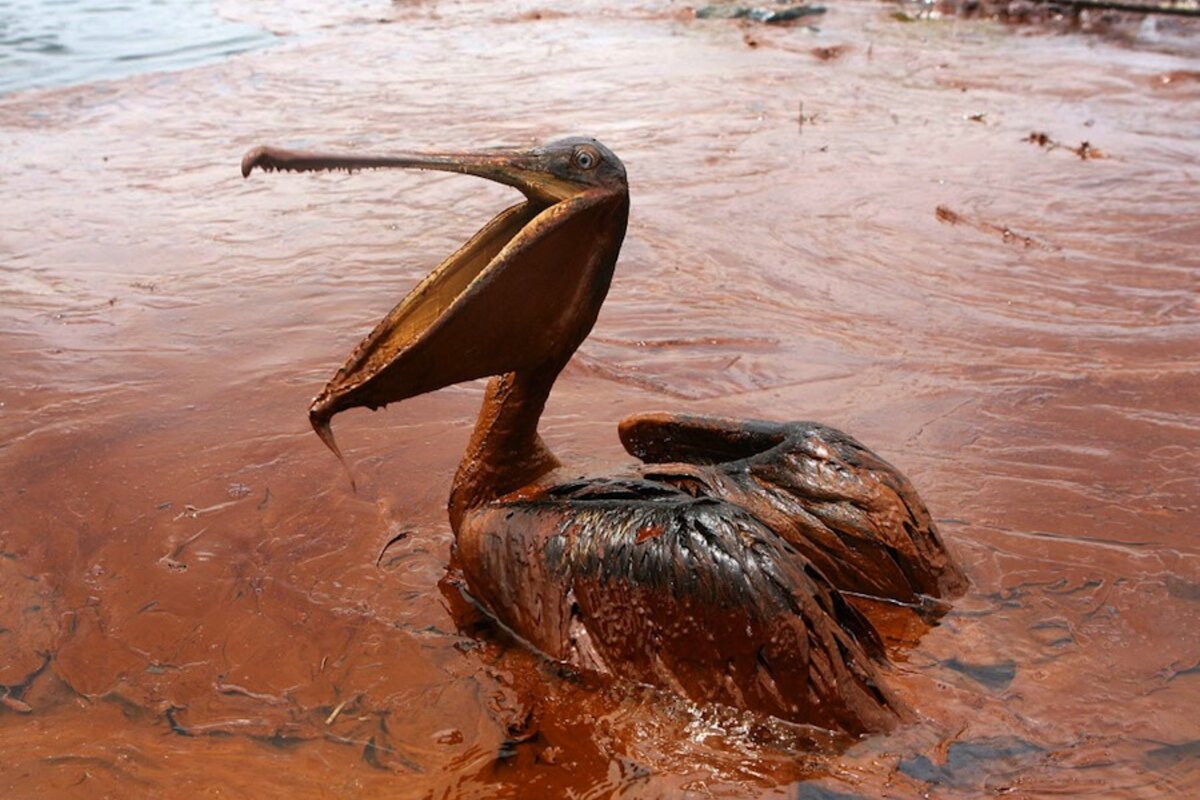
Oil Spill Devastation
Workers cleaning crude oil from coastal waters
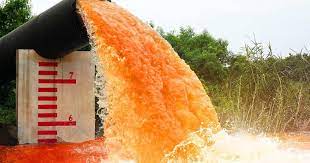
Toxic Wastewater
Chemical discharge from industrial plant
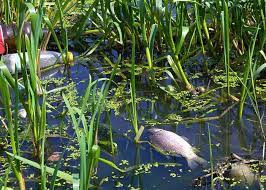
Aquatic Life Impact
Mass fish kill from chemical contamination
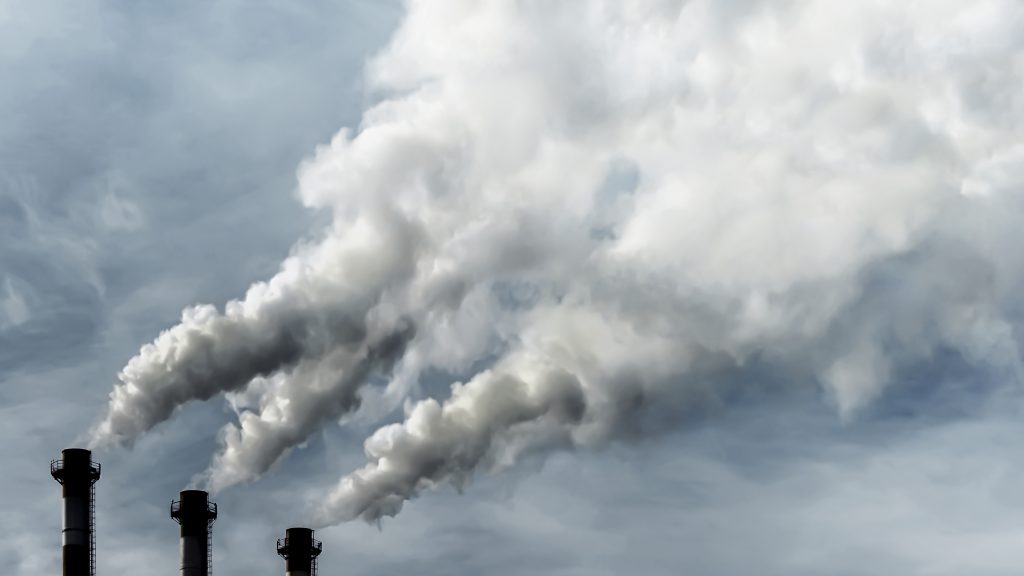
Toxic Emissions
Smokestacks releasing pollutants into atmosphere
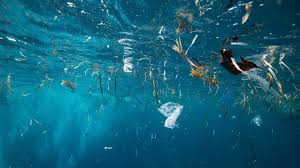
Microplastic Contamination
Plastic waste breaking down in marine ecosystems
